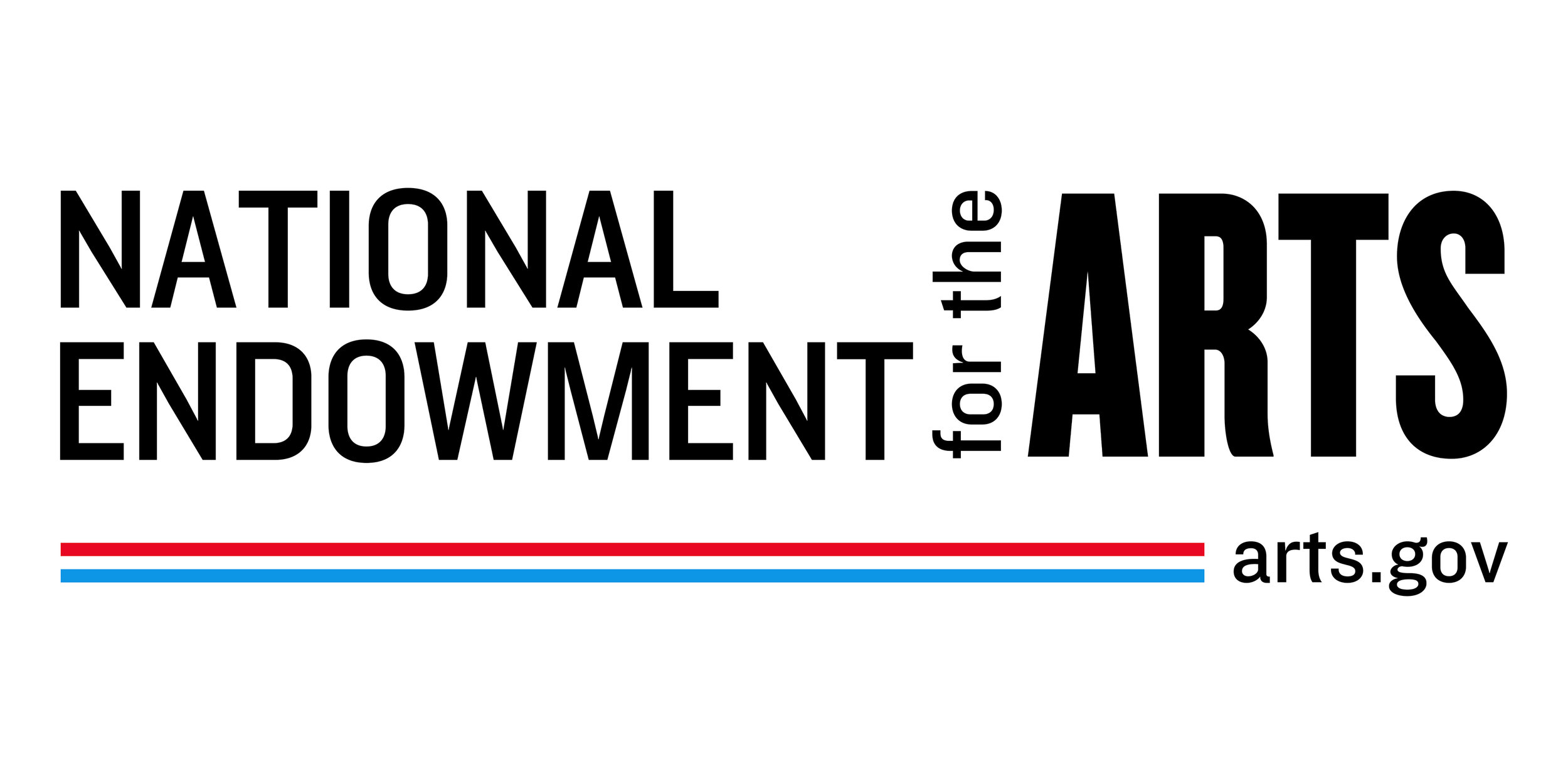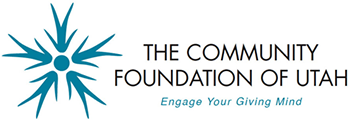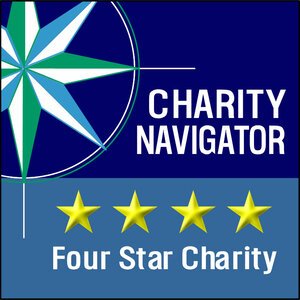"Mining the Motherlode"
a Moving Rural Verse Poem-Film
Mining the Motherlode is an animated exploration of the themes in Andy Wilkinson's poem of the same name. The film is not a literal adaptation of the poem. Rather it attempts to provide a counter-harmony to Andy's words, reflecting the essence of the poet's vision, just as the poem itself reflects the essence of the diminishing waters of the Ogallala. Produced by the Western Folklife Center. Directed by Jeremy Boreing. Illustrated by Rebecca Shapiro.
About the Ogallala Aquifer:
The Ogallala Aquifer is one of the major sources of fresh water in North America and the principal source for most of the Great Plains. Deposited over one million years ago, with little or no surface recharge—other than in the Sand Hills of Nebraska—every drop we pump out is exactly the same as mining an ore, a depleting resource. Since the wide use of motor-driven wells after WWII, we have pumped it dry in a few places and are on the verge of it in almost all of the rest. When it's gone, the Plains will once again belong only to the grass, the wind, and the buffalo.
About the Artists:
Andy Wilkinson is a renowned poet, songwriter, singer and playwright who serves as Artist-in-Residence at the Southwest collection at Texas Tech University and visiting assistant professor in the School of Music. Photo by Tina Thompson.
Jeremy Boreing is a filmmaker and media entrepreneur operating out of Hollywood. Boreing's most recent feature film, The Arroyo, is a modern Western exploring the violence and lawlessness on America's southern border.
Rebecca Shapiro is a Los Angeles-bassed graphic artist who attended Otis College of Art and honed her illustration and digital painting skills while at Dreamworks Studios. Shapiro is currently an artist at Forward Publishing. Photo by Abigail Shapiro.
Andy Wilkinson on writing the poem and making the film:
On writing “ Mining the Mother Lode:”
“I was asked to write an article about the using up of the Ogallala Aquifer for a local magazine. I started to write, and I realized I was ranting. There is no future in doing a rant in prose. I thought that if I am going to be emotional and passionate about it, I am going to have to write a poem.”
“I needed a meter that was different. I chose a meter that is very feminine and water-like. It propels the poem along. It took a couple of weeks to write. Once I decided to write a poem and to use that meter, I had to get the voice established. Then it went more quickly.”
On working with the filmmakers:
“I wanted to see what a filmmaker would do with it. I had worked with Jeremy before; he grew up near Lubbock. Rebecca had been out here too. I asked them what they would do with it. I loved what they came up with.”
“They had the idea to illustrate it and animate it. It’s not what I would have done, but I loved it. I was willing to let them do what they do and they were very faithful to the writing. Jeremy has great integrity as an artist. We collaborated throughout the process. There was give and take. I went to Los Angeles to record the poem and got to see the process and how the animators worked on it.”
“This is a brilliant project—we need more poems put to film.”
The takeaway:
“I want people to think about what our obligation is to the environment. The USDA created an annual report in the early 1950s that was about water. If you blacked out the date, it would read exactly the same if it were written today.”
“We already knew what the problem was back then. It’s not the lack of science or the lack of technology, but the lack of will. It’s the lack of willingness to change the bigger systems. Farmers are trapped in a system. They know they are using up the water, but they have to make the payments on the notes and on the equipment. You can change hearts but if you don’t change the system to go with it, you are still going to have the negative effects.”
Additional resources:
https://www.scientificamerican.com/article/the-ogallala-aquifer/
http://www.nationalgeographic.com/magazine/2016/08/vanishing-midwest-ogallala-aquifer-drought/
http://modernfarmer.com/2015/07/ogallala-aquifer-depletion/
http://www.geosociety.org/gsatoday/archive/27/6/article/GSATG318GW.1.htm
Moving Rural Verse was also funded by Jeff Tant and Briana Tiberti.










